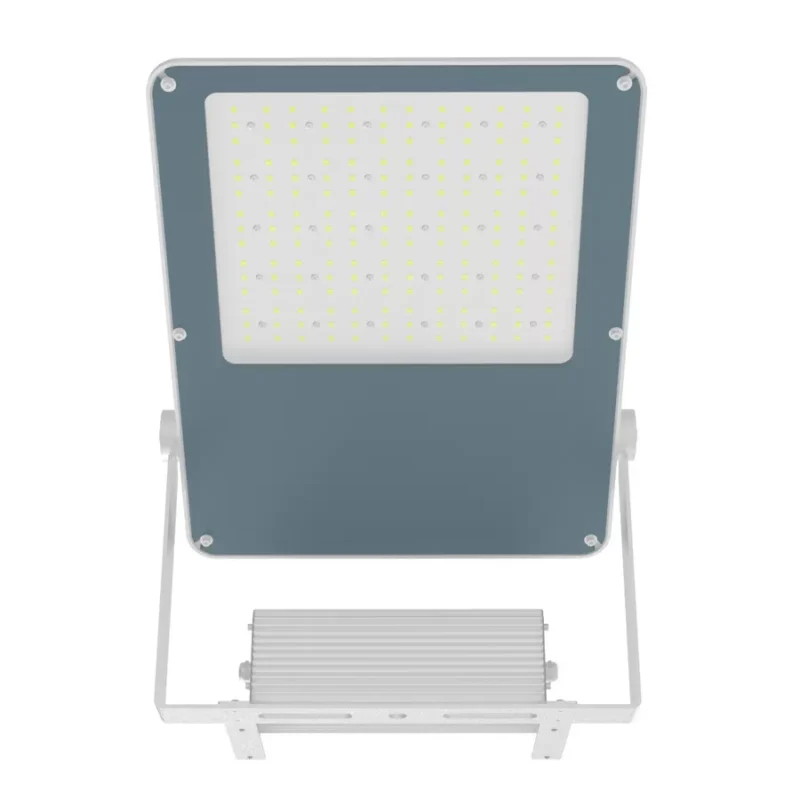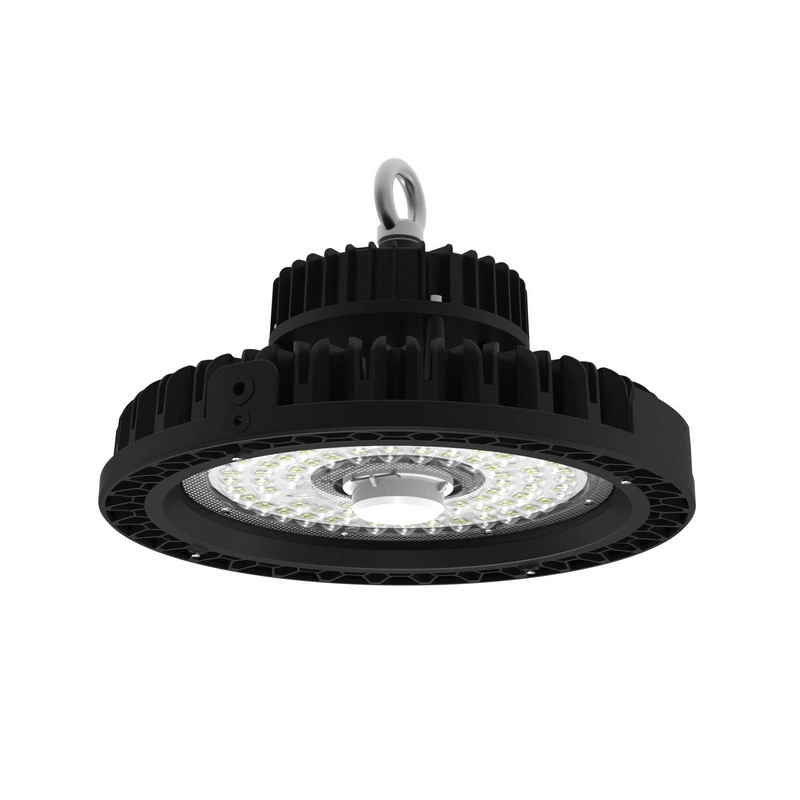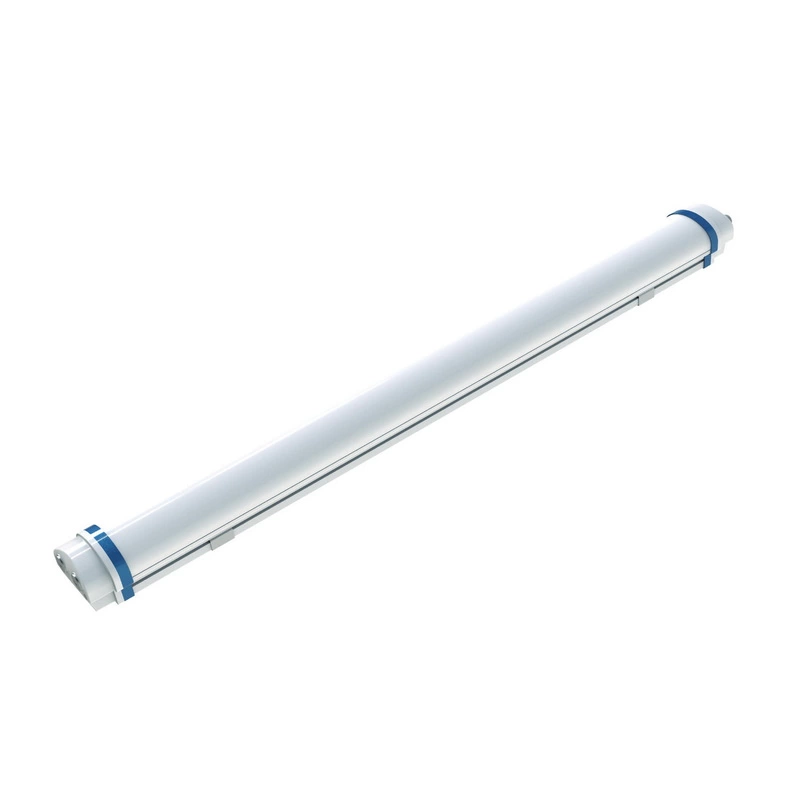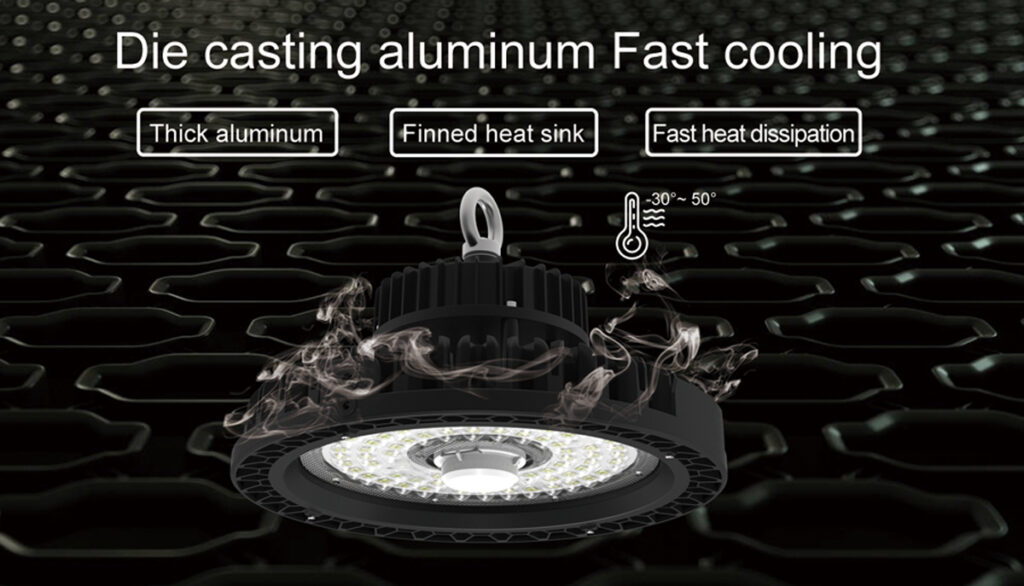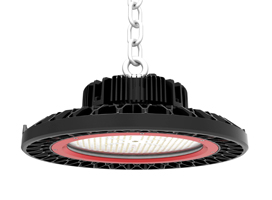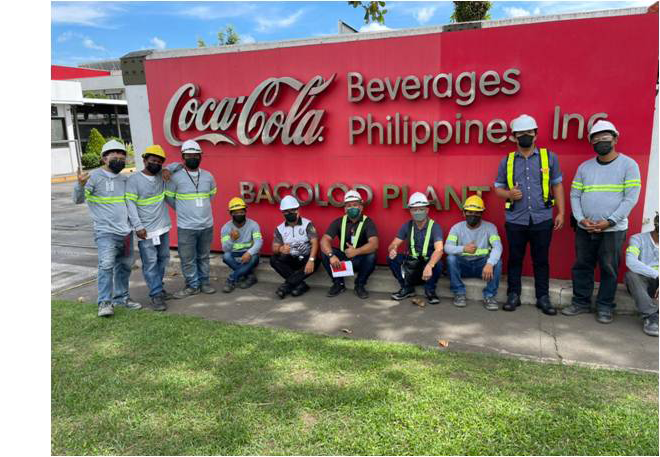¿Cómo pueden cambiar razonablemente los planes para satisfacer las necesidades cambiantes de los clientes?

Algunos consejos para adaptarse a las necesidades cambiantes de los clientes
En el dinámico mundo de los negocios, estrategia de atención al cliente es la clave del éxito. En nuestra empresa, como proveedor de iluminación de confianza, siempre nos hemos comprometido a ofrecer un servicio de atención al cliente superior y a satisfacer las demandas siempre cambiantes de nuestros clientes.
Entender las necesidades del cliente
Nos esforzamos por ofrecer a los clientes productos satisfactorios desde su punto de vista y perspectiva, y mejoramos constantemente la eficacia de nuestro trabajo.
Estudio de un caso reciente
Hoy quiero compartir un caso notable que hemos tratado recientemente.
Recibimos una solicitud de un cliente que deseaba luces portuarias y nos pidió que las diseñáramos. Como todos sabemos, las luces portuarias deben tener unas propiedades de estabilidad, transmisión de luz, anticorrosión y estanqueidad extremadamente altas. Nuestras luces cumplían plenamente los requisitos. Sin embargo, durante la simulación surgió un pequeño problema.
Dado que el puerto abarca una superficie de decenas de miles de metros cuadrados, para garantizar el estándar mínimo y un alcance de iluminación superior a 30, planeamos que la distancia entre los dos postes de luz alcanzara los 80 m, e instalar 12 luces en cada poste de luz. Sin embargo, tras recibir el modelo de plan de servicioEl cliente consideró que el coste superaría su presupuesto.

Respuesta y ajuste rápidos
Por lo tanto, teniendo en cuenta el coste insuficiente del cliente, pusimos en marcha inmediatamente nuestro pasos del servicio de atención al cliente y ajustamos nuestro plan original. Aumentamos la potencia de las luces y volvimos a simular su colocación y ángulos para garantizar la máxima cobertura lumínica y evitar un solapamiento excesivo. De este modo, las 12 luces previstas inicialmente se redujeron a 8 luces. Todo ello formaba parte de nuestro plan de acción de atención al cliente no sólo para ahorrar costes al cliente, sino también para garantizar el nivel mínimo de iluminación de las luces portuarias.
Un cliente satisfecho
La nueva solución fue aprobada con éxito por el cliente y la instalación de las luces se desarrolló sin contratiempos según lo previsto. Recibimos comentarios muy positivos del cliente. Este éxito puede atribuirse a nuestra inquebrantable ejemplo de estrategia de atención al cliente y la ejecución eficaz de nuestros ejemplo de plan de atención al cliente.
El cliente seleccionó la serie de iluminación de ojo de buey: Transformador por favor pulse aquí
Nuestro compromiso permanente
Nuestro objetivo en todo momento es ponernos en el lugar del cliente y ofrecerle soluciones satisfactorias a sus problemas. Tenemos una plan de acción para mejorar la satisfacción del cliente y trabajamos continuamente para mejorar ejemplo de plan de atención al cliente para servir mejor a nuestros valiosos clientes. Siempre estamos explorando nuevas iniciativas de servicio al cliente y siguiendo una plantilla de plan de atención al cliente para garantizar que cumplimos y superamos las expectativas de los clientes.
Nuestra ejemplo de estrategia de servicio al cliente se centra en ofrecer un servicio rápido y eficaz. También llevamos a cabo planes de evaluación de la respuesta del cliente para comprender y abordar cualquier preocupación. Ya se trate de un plan de servicios informáticos o un política de atención al clientenos aseguramos de que estén diseñados para ofrecer la mejor experiencia.
Entendemos que una ejemplo de plan de servicio y una ejemplo de plan de servicio son cruciales. Sabemos exactamente qué es un plan de servicio y qué incluye un plan de servicioy nos esforzamos por cumplirlos. Nuestro plan de servicio del producto y plan de producto/servicio se perfeccionan constantemente para adaptarse a la evolución de las necesidades de los clientes.
Con un enfoque plan de mejora del servicio al cliente y un completo plan de productos y serviciosnos dedicamos a ofrecer un servicio y unos productos excepcionales a nuestros clientes.
Espero que esto le dé una idea clara de nuestro enfoque del servicio al cliente.
Para más productos relacionados, haga clic aquí.
Para casos más exitosos, haga clic aquí.




